

The hot summer of 2022 is destined to be extraordinary.
Since June, 277 national weather stations have seen their daily maximum temperatures break the record.
Due to high temperatures and drought, electricity supply and demand have been strained, and some places have been experiencing widespread power cuts recently. Many factories and office buildings shut down the air conditioning, there is a collective workers "bring ice to work" spectacle.
The power limit even affected many electric vehicles charging and changing facilities. A number of NIO power stations in downtown Chengdu temporarily suspended service to ensure residential electricity consumption during peak hours.
Now, let's get to the point: When encountering similar power supply and demand imbalance, does NIO power changing station have any other choice besides passively pressing the pause button?
How does NIO exchange station "cut peak and fill valley" to regulate the grid?
The answer is yes, as long as the conditions are right, the changing station is fully capable of taking the initiative to feed the grid and become a "small virtual power plant".
Almost at the same time as Chengdu power changing Station pressed the pause button, in Hefei, thousands of miles away, under the unified control of the power supply company, 15 NIO power changing stations collectively participated in the city's "virtual power plant" grid peak adjustment. Without affecting the normal use of users, the power changing station adjusts the accumulated power load of 8 megawatt hours within five days, which is equivalent to "saving" the real-time power consumption of more than 3,000 ordinary households.

How does NIO power exchange station do it?
Taking
the recent power rationing event in Southwest China as an example, the cause of
the power rationing itself is not complicated. As the first province in China
in hydroelectric power resources, Sichuan accounts for more than 80 percent of
the installed hydropower capacity. Since July, the extreme heat and drought and
the decrease of precipitation have greatly reduced the capacity of hydropower
and power supply, but the demand for electricity for air conditioning has risen
sharply. As soon as this liter drops, there is a large gap in electricity
consumption.
In fact, in addition to hydropower, wind power, photovoltaic and other clean energy due to the seasonal and weather impact, also generally suffer from high volatility, poor predictability. It is required to build our new power system with clean energy as the main body for carbon peak and carbon neutralization.
But how can clean energy overcome the problem of continuous reliability?
This requires planned frequency modulation and peak regulation to help the power grid overcome the imbalance between power generation and consumption. With the expansion of the total quantity of electric vehicles in our country, and the increase of stored energy capacity of in-vehicle power batteries, besides the traditional peak regulation measures, a way can be organized to fully interact with the grid of electric vehicles, so as to reduce peak fill and promote the consumption of clean energy.
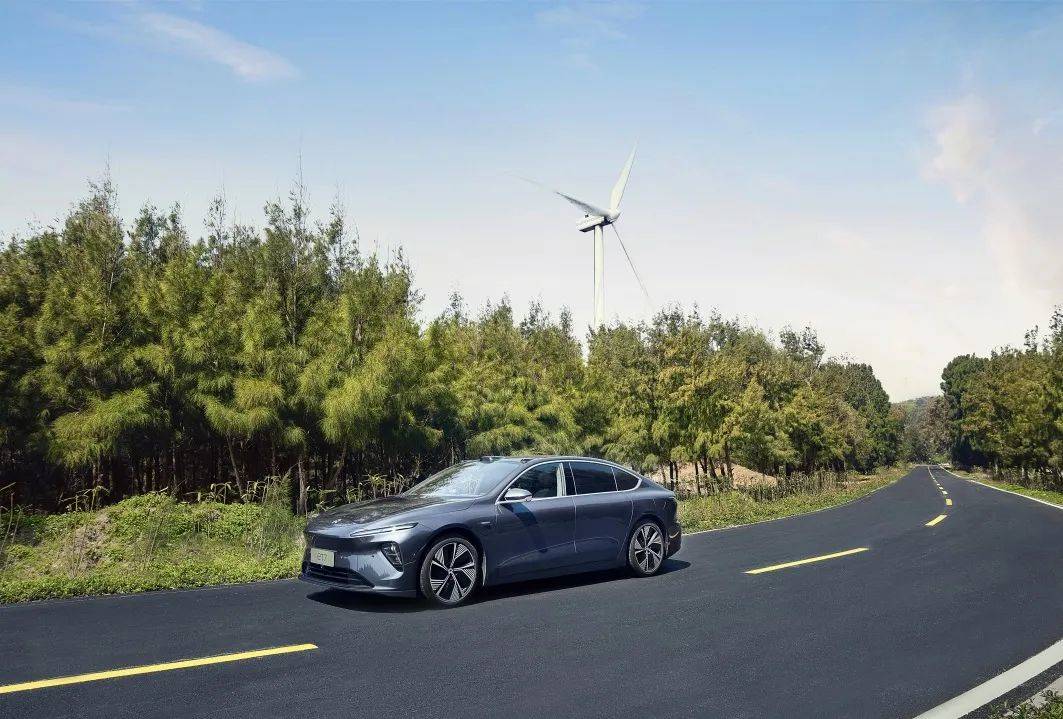
Each car can contribute to the regulation of the grid, such as charging and changing power at mid-morning whenever possible. Specific to each city, according to the research of NIO Energy, when the number of vehicles that can participate in the grid interaction reaches 2,000 to 5,000, the power grid regulation ability will be very significant. At this point, participating in grid interaction requires two things:
The first is orderly charging at the designated time of the grid. In other words, charging during the "power surplus" rather than the "power shortage" period can not only help the grid "peak reduction and valley filling", but also lower the price of electricity, so that users can get corresponding benefits.
Based on the big data of users' power supply, NIO's "energy cloud" can fully interact with the power grid by mobilizing charging and changing resources, and charge in load valley. Since clean energy such as wind power mostly peaks in the late night when the wind is strong, choosing to use more electricity in the grid at night valley is equivalent to using more clean energy electricity, thus promoting the consumption of clean energy and indirectly assisting the goal of carbon peaking and carbon neutrality.
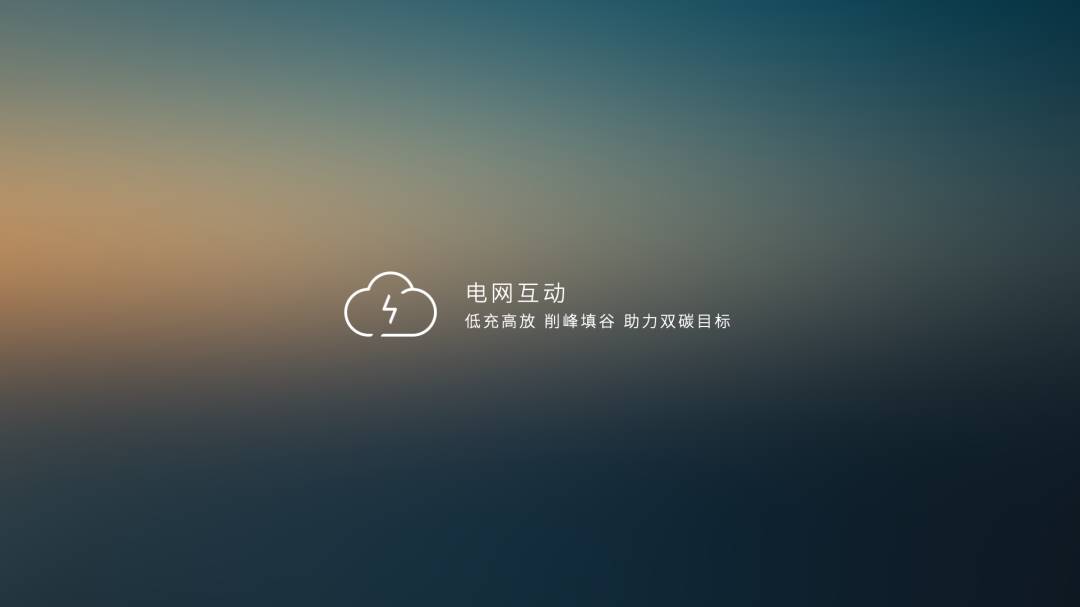
The second is to participate in the grid peak regulation at a specified time, acting as a virtual power plant. At this point, the advantages of the changing station appear extremely prominent. It can be directly connected to the dispatching center of the power grid through the private network, and receive the dispatching command of the power grid, so as to achieve minute or even second level power response and efficiently participate in frequency modulation.
The current changing station is equipped with 13 batteries as a standard. According to our calculation, each changing station has the energy storage capacity of 600-700 KWH at any time. When the user changes the required battery, the other 10 to 11 batteries can discharge to the grid for 5-10 minutes, and accept the command of the grid at any time to discharge to the grid or increase the charging power, almost without affecting the user's normal power change service.
In the case of Hefei mentioned above, at around 8 p.m. on August 15 this year, when the power dispatching control center of Hefei Power Supply Company issued instructions to the 15 NIO changing stations in the city, within one minute, the cumulative load reduction of the fertilizer network reached 1.4 MW, and the average power of a single station of Hefei NIO changing station decreased by about 100 kW. Each battery's charging time increased by only about five minutes. At the same time, Ms. Guo, a NIO user in Hefei, used the changing station of Binhu Wisdom Energy Service Station to change the electricity of her car. It only took 3 minutes, and the changing experience was not significantly different from the usual.
The example of Hefei is not alone.
NIO is in action to Let virtual power plants all over the country.
It is the long-term vision of NIO Energy to make electric vehicles use clean energy to help achieve the goal of carbon peak and carbon neutrality.
As the first automobile enterprise in China to organize users to participate in the grid demand-side response on a large scale, NIO has organized the power changing station and home pile filling in Shanghai to participate in the peak cutting and valley filling of the city's grid through "energy cloud" since 2019. The area responding to the grid has expanded over the years.
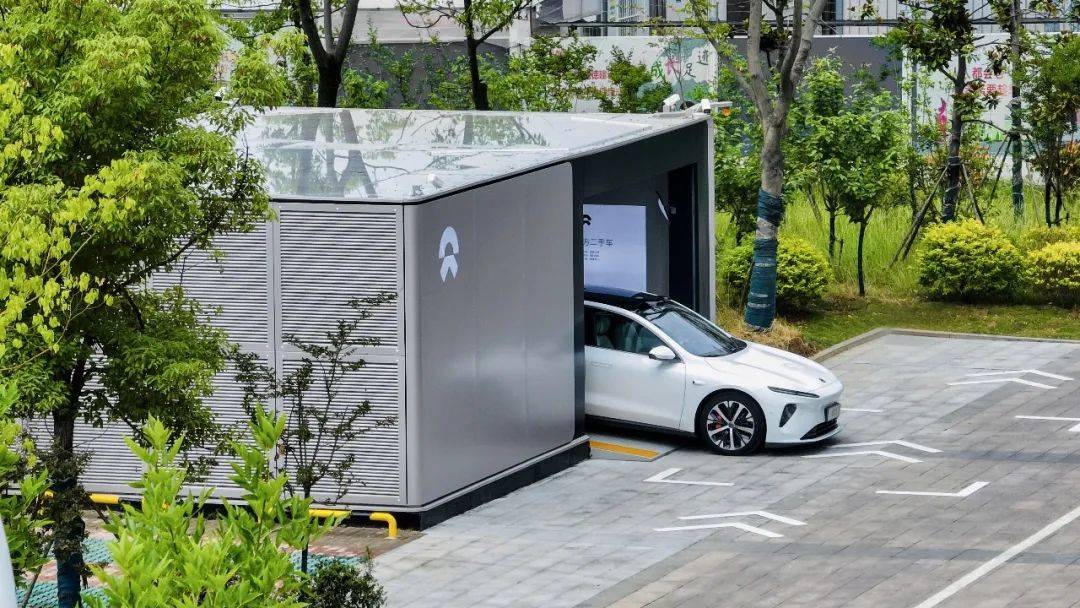
Since 2020, NIO has organized the power changing station, overcharging pile and home charging pile in the Beijing-Tianjin-Hebei region to participate in the peak trimming and valley filling of North China electric power. In 2021-2022, more than 4,000 users participated, consuming more than 2.3 million KWH of clean energy, and reducing carbon emissions by 1,179 tons.
In this hot summer, in addition to the 13 power changing stations in Hefei, there are also 22 in Guangdong, 58 in Shanghai, 8 in Zhejiang and 7 in Nanjing. A total of 108 power changing stations have participated in the peak cutting response of their respective cities, helping to reduce the peak load of the grid and leaving enough room for urban power supply.
In addition to helping the power grid to adjust the peak, the NIO power station can automatically "cross-peak charging" every day. By predicting the users' power demand and combining the peak, flat and valley electricity prices of various regions, NIO Energy Cloud formulated the cross-peak charging strategy suitable for each changing station. Currently, 575 of the 1,067 power changing stations in China have participated in cross-peak charging, accounting for nearly 60% of the total. The proportion of electricity consumption in the valley has increased from 12% to 20%, and the peak electricity consumption has reached 4.1 million KWH in the past 30 days.
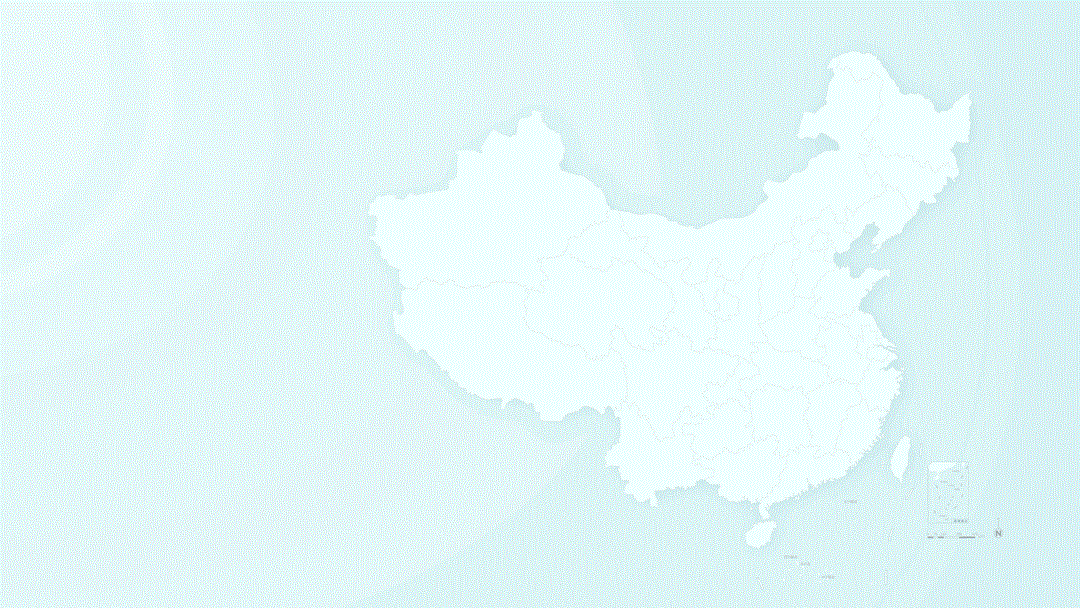
In the future, NIO power changing station will carry out exploration of grid response and cross-peak charging in more regions of the country, especially in Sichuan, Chongqing, Northwest and other western provinces with more clean energy. At the same time, a power changing station with the function of reverse discharge to the grid will also be put into trial operation. NIO Energy will do its best to help the power grid achieve more safe and stable operation, absorb more clean energy, and help the whole society to reach the goal of carbon peak and carbon neutrality.
We hope in the future in the summer, can be refreshing and less hot.
Photo credit: NIO public account
2022年的这个炎夏,注定不凡。
从六月至今,全国已有277个国家气象站日最高气温突破历史极值;
由于高温、干旱导致电力供需紧张,一些地方近期大面积限电。很多工厂、办公楼空调关闭,出现了打工人集体「带冰上班」的奇观。
限电甚至波及不少电动车充换电设施。为保障高峰期的居民用电,成都市区的若干蔚来换电站一度短暂中止了服务。
下面,我们进入正题:在遭遇类似的电力供需失衡状况时,蔚来换电站除了被动按下暂停键,还有别的选择吗?
蔚来换电站如何「削峰填谷」,调节电网?
答案是肯定的,只要条件具备,换电站完全有能力主动出击,反哺电网,化身为一座座「小型虚拟电厂」。
与成都换电站按下暂停键几乎同一时间,在千里之外的合肥,供电公司统一调度控制下, 15座蔚来换电站集体参与了全市「虚拟电厂」的电网调峰。不影响用户正常换电使用的同时,换电站五天内累计调整电力负荷8兆瓦时,相当于为3000余户普通居民家庭「省出」了实时用电量。
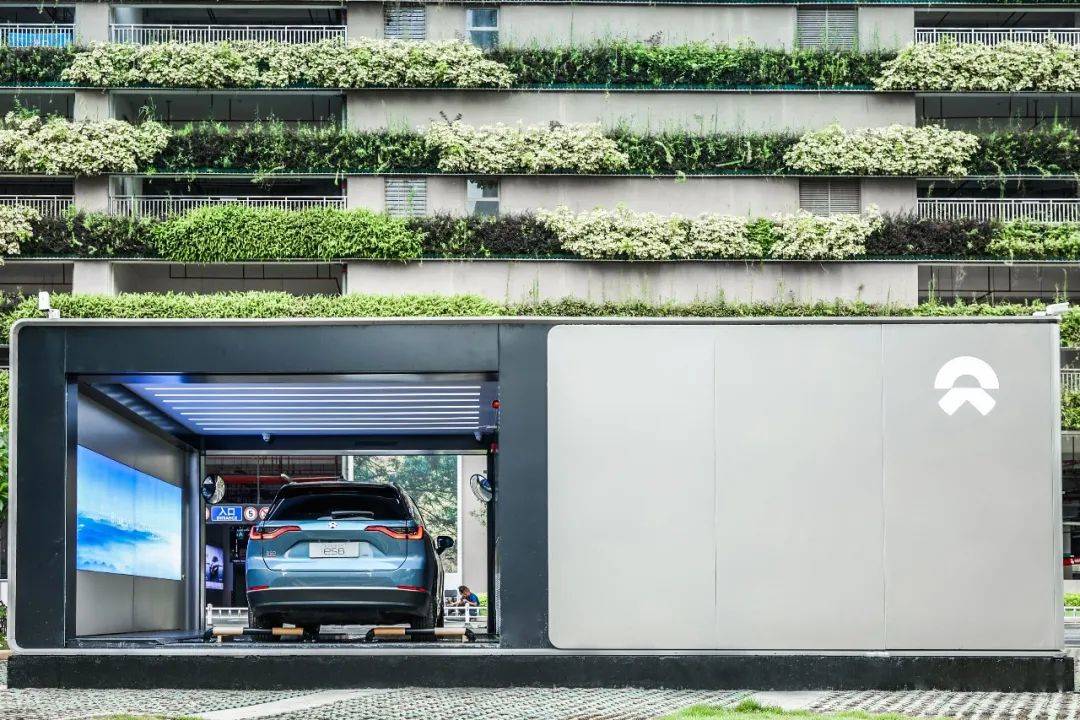
蔚来换电站是如何做到的?
以近期西南地区的限电事件为例,限电原因本身并不复杂。作为水力发电资源全国第一的省份,四川水电装机占比超过80%。7月以来的极端干旱炎热和降水减少,使水电供电能力大幅下降,空调用电需求却大幅上升。这一升一降,就出现了用电的较大缺口。
实际上,除了水电,风力、光伏等清洁能源由于受季节、天气影响较大,也都普遍存在波动性大、可预测性差的问题。碳达峰、碳中和要求我国构建以清洁能源为主体的新型电力系统,
但清洁能源如何克服持续供电可靠性差的难题呢?
这就需要有计划的调频调峰来帮助电网克服发电、用电的不平衡。随着我国电动车保有量的日益扩大,车载动力电池储能容量的不断增多,在传统调峰措施之外,还可通过组织电动车与电网充分互动,以达到削峰填谷、促进清洁能源消纳的目的。
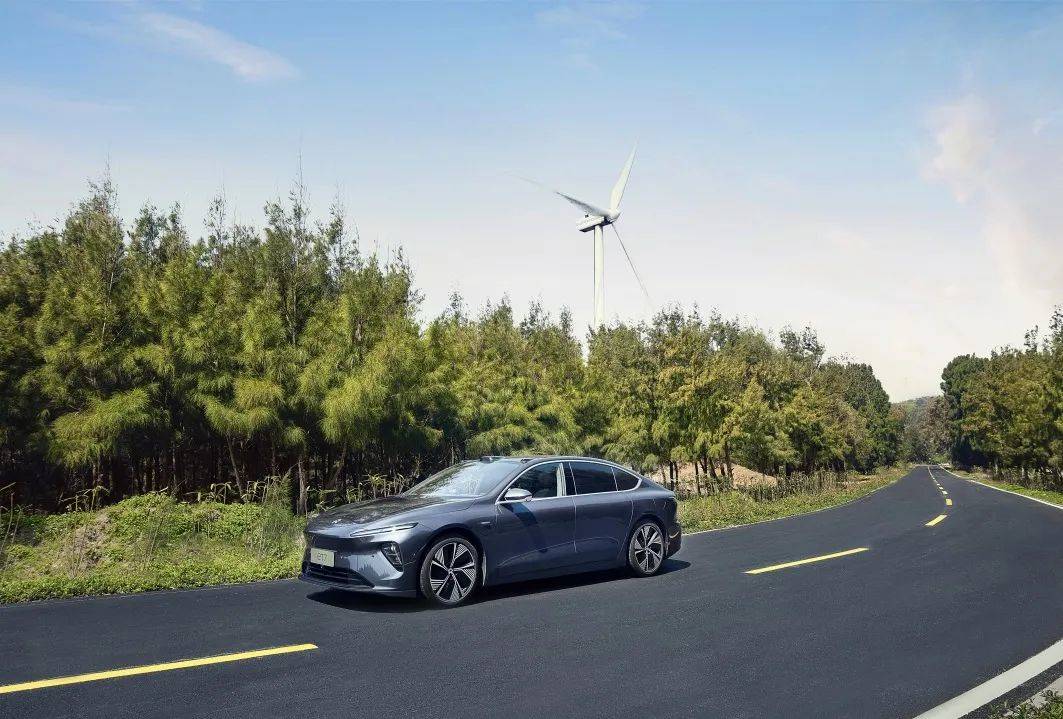
每一辆车,都能为电网调节贡献自己的力量,例如尽可能在谷时充电换电。具体到每个城市,根据蔚来能源的研究,当该市能够参与电网互动的车辆达到2000~5000辆的规模时,电网调节能力就很显著了。此时,参与电网互动需要做到两件事:
第一是在电网指定的时间有序充电。也就是说,在电网「电量富余」而非「电力紧缺」的时间段充电,不但能帮助电网「削峰填谷」,电价也更低廉,让用户获得相应实惠。
基于用户加电大数据,蔚来「能源云」可以调动充换电资源与电网充分互动,在负荷谷时进行充电。由于风电这样的清洁能源大多是后半夜风力大时达到峰值,选择在电网夜间谷时多用电,相当于更多使用了清洁能源电,从而促进了清洁能源的消纳,间接助力碳达峰、碳中和的目标。

第二是在指定的时间参与电网调峰,充当虚拟电厂。此时,换电站的优势就显得极为突出。它可以通过专网直联到电网的调度中心,接受电网调度指令,做到分钟级甚至秒级的功率响应,高效参与调频。
目前的换电站标配13块电池,根据我们的测算,每个换电站任何时候都有600—700度电的储能能力。用户更换所需电池时,另外10—11块电池都可以向电网放电5—10分钟,随时接受电网的指令向电网放电或者提升充电功率,几乎不影响用户的正常换电服务。
上文提到的合肥案例中,今年8月15日晚8点左右,当合肥供电公司电力调度控制中心向全市15座蔚来换电站发出指令后,1分钟内,合肥电网累计降低负荷达1.4兆瓦,合肥蔚来换电站单站的平均功率降低约100千瓦,每块电池的充电时间仅增加了约5分钟。同一时间,合肥蔚来用户郭女士利用滨湖智慧能源服务站的换电站为爱车换电,仅花了3分钟,换电体验与平时并无明显区别。
合肥的例子,其实并非孤例。
让虚拟电厂遍布全国,蔚来在行动
让电动汽车用清洁能源的电,助力碳达峰、碳中和目标达成,是蔚来能源长期以来的愿景。
作为全国首家规模化组织用户参与电网需求侧响应的车企,从2019年起,蔚来就通过「能源云」在上海组织换电站和家充桩参与全市电网的削峰填谷。数年来,响应电网的地区不断扩大。
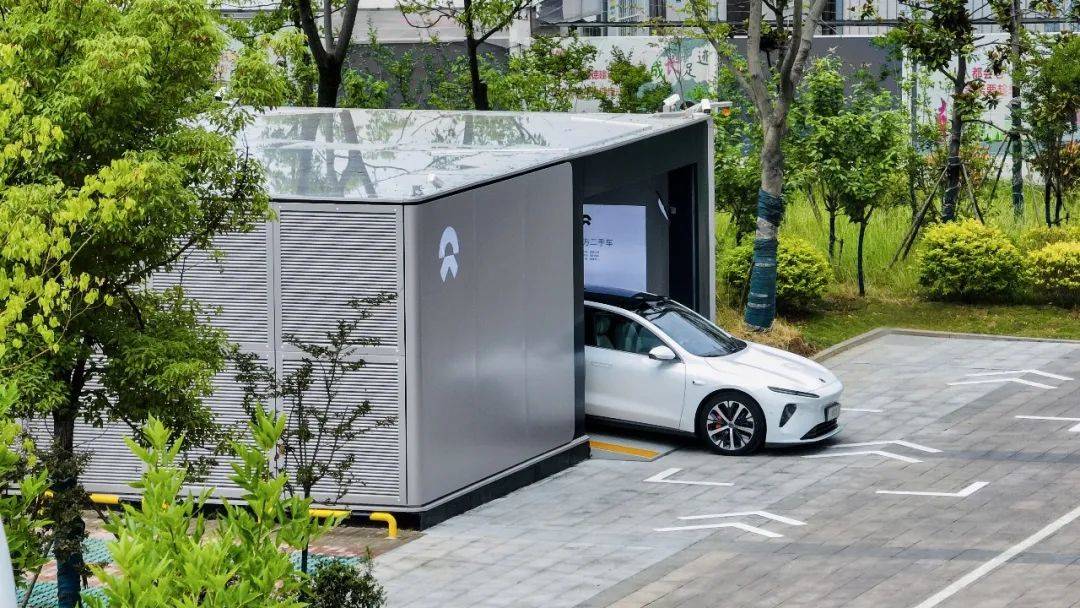
2020年以来,蔚来组织京津冀地区的换电站、超充桩和家充桩参与华北电力削峰填谷。2021-2022年度的参与用户超4,000名,消纳清洁能源超过230万度,等效碳减排1,179吨。
在今年的这个火热夏天,除了合肥的13座换电站,还有广东22座、上海58座、浙江8座和南京7座,总计108座换电站先后参与了各自城市的电网削峰响应,助力降低电网高峰负荷,为城市电力供应留足余地。
除帮助电网调峰以外,蔚来换电站每天都能自动地「错峰充电」。蔚来能源云通过预测用户加电需求,结合各地峰平谷电价,制定适合每个换电站的错峰充电策略。当前,全国总计1,067余座换电站中,已有575座换电站参与错峰充电,比例接近六成。谷时用电比例由12%提升至20%,近30天已转移高峰期用电量达410万度电。
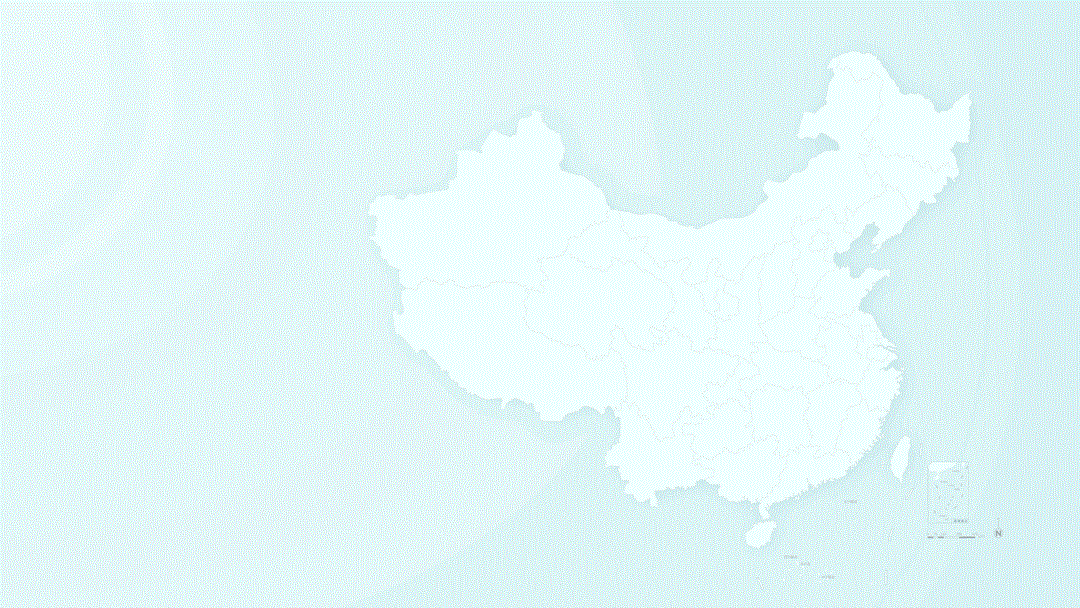
未来,蔚来换电站还将在全国更多区域,特别是清洁能源较多的川渝、西北等西部省份,开展电网响应和错峰充电的探索。同时,具备向电网反向放电功能的换电站也将投入试运营。蔚来能源将尽自己所能,帮助电网实现更安全稳定的运行,消纳更多的清洁能源,并助力全社会碳达峰、碳中和目标顺利达成。
但愿未来的夏天,可以多一些清凉,少几分火热。
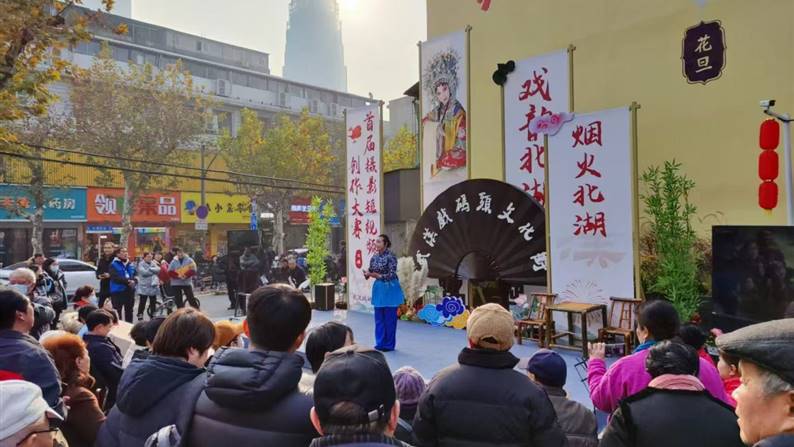
打造绿色低碳街区,奏响幸福美好生活最强音
10-18 · 来源:湖北省武汉市江汉区北湖街道环保社区 · 作者:湖北省武汉市江汉区北湖街道环保社区
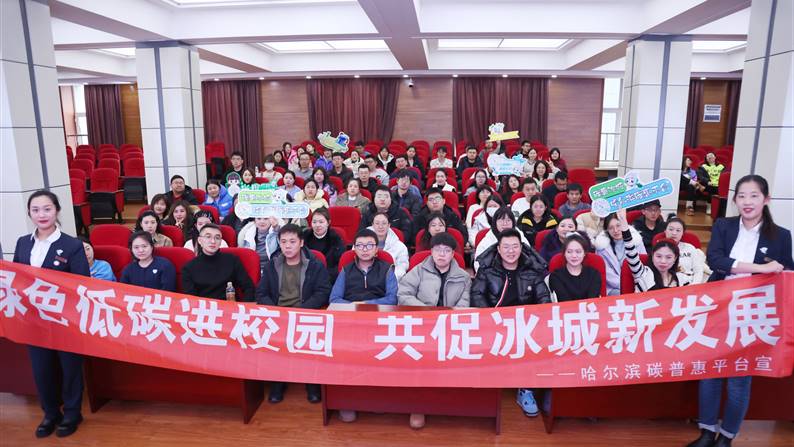
“碳惠冰城”:东北首个市级平台的“双碳”实践与冰城示范
10-15 · 来源:哈尔滨产权交易所有限责任公司 · 作者:哈尔滨产权交易所有限责任公司
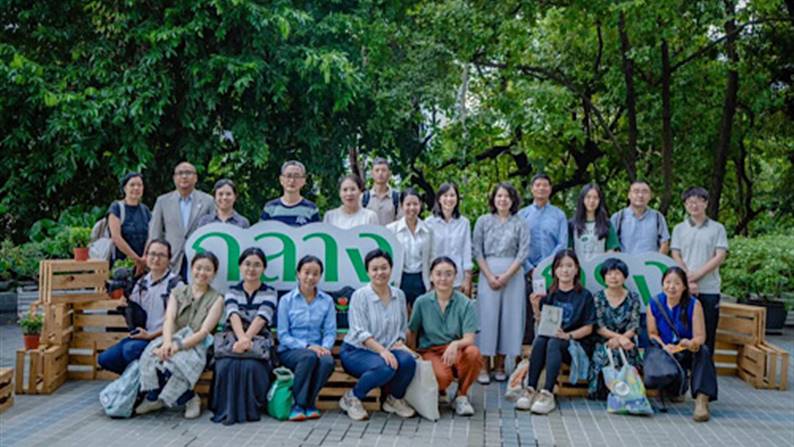
亚洲气候治理新篇章:中国公益代表团参访曼谷气候周,探索跨区域合作新路径
10-10 · 来源:公益时报 · 作者:公益时报